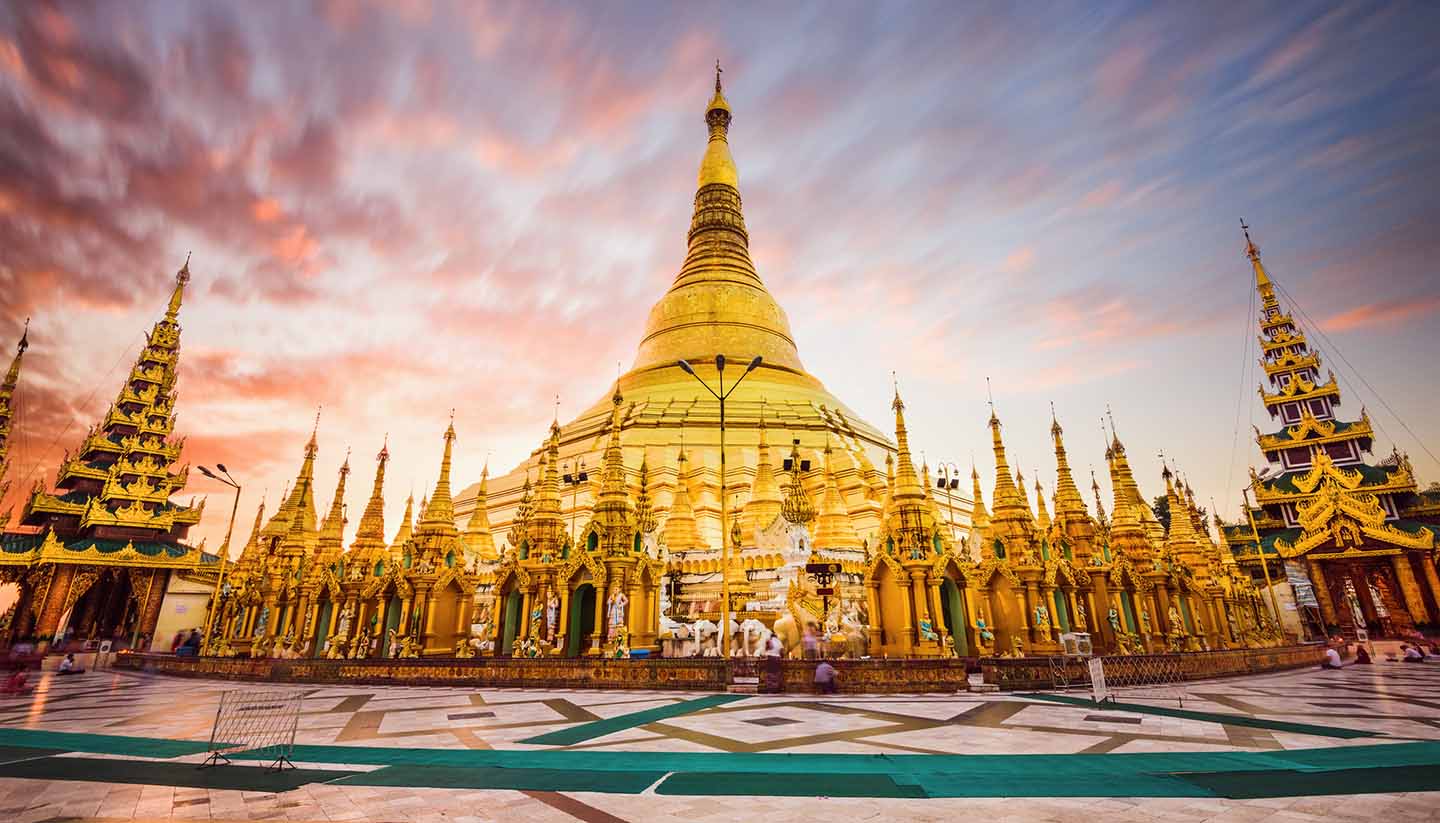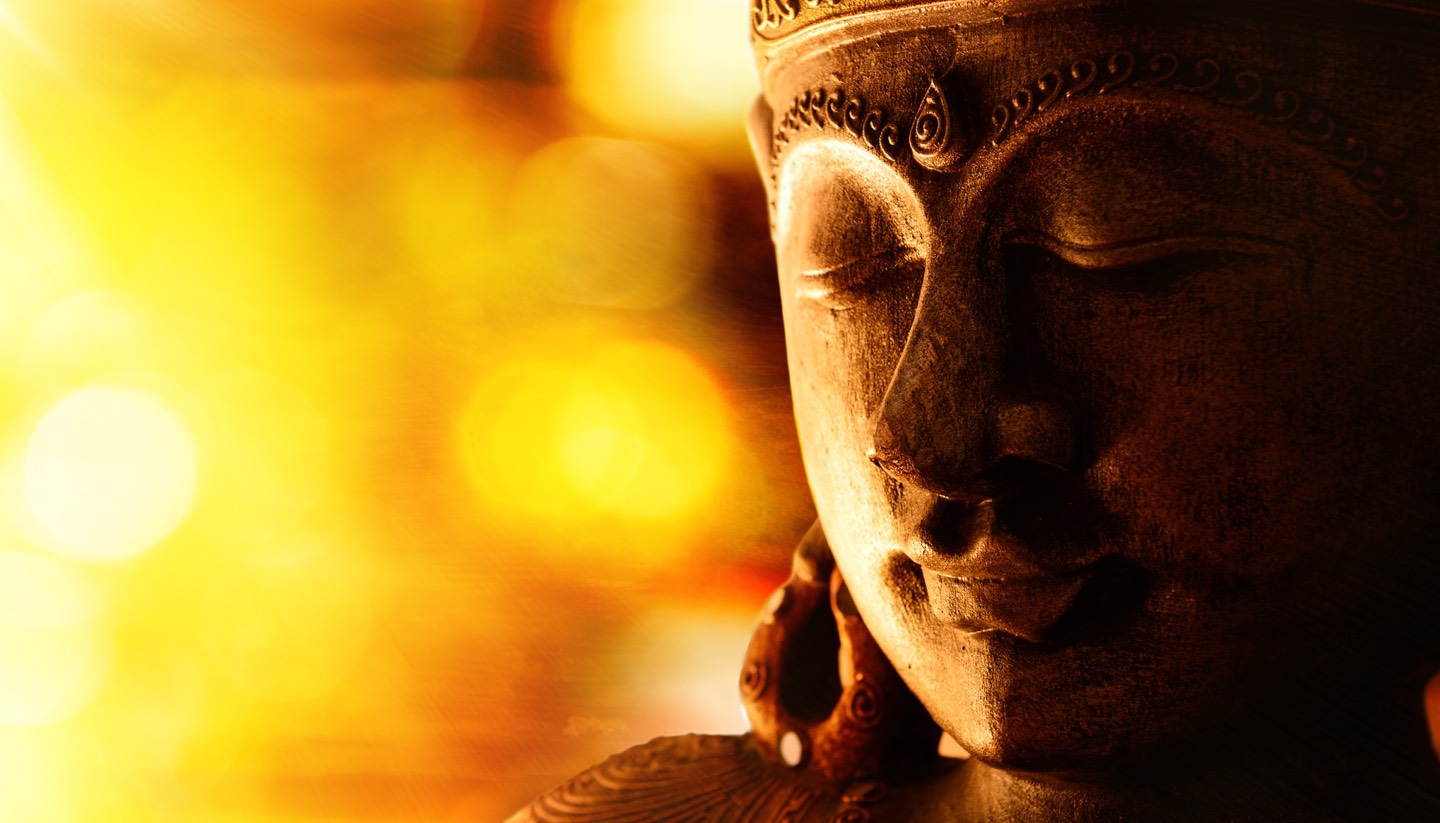Myanmar History, Language and Culture
History of Myanmar
Known as Burma under British colonial rule, a name still used by many foreign governments, Myanmar was populated through three waves of migration: by the Hmon people from what is now Cambodia; by Mongol people from the eastern Himalayas; and, finally, by Thai peoples from northern Thailand. The first unified state was founded at Pagan (now Bagan) in 1057, but the capital was ravaged by Kublai Khan in 1287.
A succession of dynasties rose and fell along the Irrawaddy, before the British arrived, conquering the south of the country in 1852. After the fall of Mandalay in 1886, Burma became a province of British India, marking the start of a troubled colonial period.
During WWII, the Japanese expelled the British from Burma, but opposition to Japanese occupation grew rapidly. Burmese General Aung San led an uprising against occupying forces, and Burma gained its independence in 1948. He was assassinated the same year, allegedly by his closest political rival.
A military coup in 1962 ushered in the regime of General Ne Win, who imposed a totalitarian socialist dictatorship. In 1988, after years of bizarre policies and isolationism, a popular uprising by students and Buddhist monks was brutally suppressed, with thousands killed. Ne Win relinquished his official title, but continued to wield considerable influence in the new State Law and Order Restoration Council (SLORC).
Diverse resistance movements found a spokesperson in Western-educated Aung Sang Suu Kyi, daughter of Aung San, who won a convincing victory in the first Burmese election, held in 1990, as head of the National League for Democracy (NLD). The result was ignored by the junta and Suu Kyi began a 15-year period of house arrest and persecution.
The country’s troubles continued with the 2007 Saffron Revolution, where protests over fuel prices were supressed, with the death and imprisonment of thousands. After general elections, which were boycotted by the NLD, Thein Sein was elected President of Myanmar, but real power continued to reside with the military.
Aung San Suu Kyi was released in 2010 and many sanctions against Myanmar were dropped in 2012, but a new wave of violence began with riots against the minority Muslim Rohingya people. New elections in November 2015 were won decisively by the NLD, with a transition to civilian government having taken place in January 2016.
Did you know?
• Myanmar is one of only three countries to not adopt the metric system; the local measure of weight is the peiktha.
• Burmese people wear yellow paste made from tree bark on their faces as a sunscreen.
• While Myanmar is nominally Buddhist, locals also venerate animist spirits known as nats, who are believed to reside on Mount Popa.
Myanmar Culture
Religion in Myanmar
89% Theravada Buddhist. The remainder are Hindu, Muslim, Christian and animist. Many Buddhists also hold some animist beliefs, including worship of nats (spirits) which are rationalised as being disciples of the Buddha.
Social Conventions in Myanmar
Handshaking is the normal form of greeting, but only with the right hand; the left hand is associated with using the toilet. Full names are used, preceded by U (pronounced oo) in the case of an older or well-respected man's name, Aung for younger men and Ko for adult males; a woman's name is preceded by Daw. There are no inherited family names.
Courtesy and respect for tradition and religion is expected; for instance, shoes and socks must be removed before entering any religious building and it is customary to remove shoes before entering a traditional home (in modern residences this may not be observed any longer except in bedrooms). When sitting, avoid pointing the soles of the feet towards people or in the direction of Buddha images as this is considered offensive. Dress should be modest, so both men and women should avoid shorts cut above the knee (a few local men wear shorts, but really long trousers are more appropriate if you can tolerate them in the heat). Mini-skirts and tight or revealing clothing should not be worn.
Penalties for drug-trafficking range from five years' imprisonment to a death sentence. Homosexuality is illegal, although Yangon does have a very discreet gay scene.
Language in Myanmar
The official language is Myanmar (Burmese) but there are also many other dialects and languages. English is spoken in business circles and it's possible to get by in English in major tourist areas, although a few words of Burmese are appreciated.



